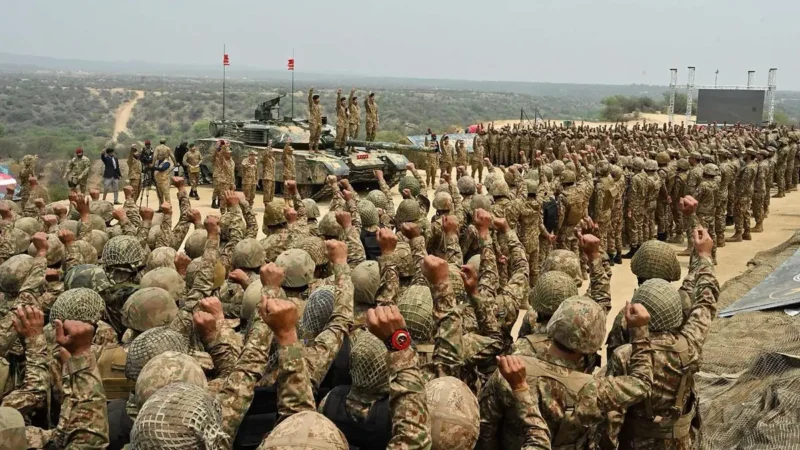Balochistan in lack of good governance and ignored issues.

There is little realization or concern in the power circles that Balochistan is losing the fight against poverty, illiteracy, and unemployment with every passing day, there is rampant of corruption and no one to accountable enough. The governance syatem in Balochistan is not in good situation, real issues are not being discussed rather ignored by the authorities.
A close look at the previous four provincial budgets from 2017-18 to 2020-21 tells the whole story that how Balochistan has reach-ed at this point. In these four years, the increase in federal receipts is 32%, from Rs.229,756 million to Rs.302,904 million, while non-development expenditure skyrocketed from Rs.-192,161 million to Rs.3-09,032 million that is an increase of 61%. Provincial Government already presented the deficit budget of 65,800 million in the current financial year with high expectations that the total income would reach Rs.340,312 million (federal and provincial). Still, history tells us that these targets will never be achieved.
It is a bad economic condition where development spending is met with the amount available against vacant posts. In the coming years, there is no hope of a significant increase from federal receipts due to falling revenue from depleted gas reserves and stagnant tax revenue collection by the FBR. It is writing on the wall that there will be no funds available for development schemes after two years.
All lagging economic indicators of Balochistan are very weak. According to an IMF report, the GDP of Balochistan is $8.3 billion, which is less than 1/3rd of the KPK’s $26.2 billion. It is the only prov-ince where GDP per capita has declined since 1999.
Electricity consumption is one of the main criteria to gauge the progress or development of the area, and according to NEPRA report 2020, the QUESCO (main electricity Distribution Company) has sold 4219.84 units (GW/h) in 2015-16 and after four years in 2018-19 with an insignificant increase of 558 units has sold 4778.76 units (GW/h). After 74 years of independence, still, 2/3rd households in Balochistan are without electricity. The same situation can be seen in the availability of clean drinking water, which is a basic human need.
The unemployment ratio is much higher, and Gover-nment is the single big e-mployer. The industrial gr-owth is only confined to one sub-division hub of district Lasbella. Agriculture is the most neglected area with zero research and absolutely no effort to introduce modern agriculture techniques to the farmers. No serious efforts were made to attract private inv-estments either. Even now, the Provincial Government is relying on the Federal G-overnment to develop SEZ.
Pakistan’s economy is struggling due to the huge $33 billion borrowing by the PTI government. The IMF predicted a 1.5% growth rate of the country, which is not enough when the population is growing with more than a 2% rate. Imran khan is so frustrated with the situation; thus, he has changed its economic team for the fourth time in a shorts pan of 32 months.
Khan sahib cannot achieve the desired results with good management of 42.5% of resources at the federal level but simultaneously the bad utilization of 57.5% of resources in the provinces. Balochistan is the typical example where 9.09% of resources are spent like the enemy’s money.
The 7th NFC award was like winning a jackpot for the provinces. Massive funds were transferred from the center to the provinces, which were typically wasted on non-development expenditures by ignoring the strong, sustainable economic gains. The effect of wastage of public money is more alarming and visible in Balochistan than in the other three provinces because the other three provinces have a strong private sector, good agriculture base, and foreign diasporas.
The lust for new vehicles by the ruling elite has cr-ossed the limit, and now n-ewly costly bulletproof ve-hicles are the status symbol. Reportedly in the current financial year, the P-rovincial Government has purchased three bulletproof vehicles, and the process of two more is in the pipeline.
The approximate cost of o-ne vehicle is six crore rup-ees. Provincial Government is spending more than two billion per annum extra on the requisition of paramilitary and armed forces to maintain law and order in the province.
Talking about the future scenario, which is not bright, the gap between total expenditure and total receipts is growing. There is no chance that Provincial Government will cut the non-development expenditure; most likely, the axe will fall on the development budget. It is evident that the total receipts will be equal to non-development spending at the end of this Government’s tenure, and there will be no money left for the development. The general masses will be the ultimate victim of this mismanagement.





